The history of the Aargauer Kunsthaus goes back to the foundation of the Aargauischer Kunstverein in 1860. Its collection contains over 18,000 works, ranging from the 18th to the 21th century.
Architecture
The museum building used by the Aargauer Kunsthaus was designed by the local architecture practice Loepfe, Hänni und Hänggli which won the architectural competition held in 1937. After 22 years of planning and construction, the museum was inaugurated in 1959. On the first floor, the exhibitions rooms are illuminated from above.
One room shows several paintings by one of the most well-known Swiss painters of the nineteenth century, Ferdinand Hodler. On the left "Die tote Valentine Godé-Darel mit Rosen", painted in 1915; in the center "Der Niesen vom Heustrich aus", created in 1910 and on the right, the painting "Krieger (Landsknecht)" from 1895.

Aargauer Kunsthaus - Ferdinand Hodler
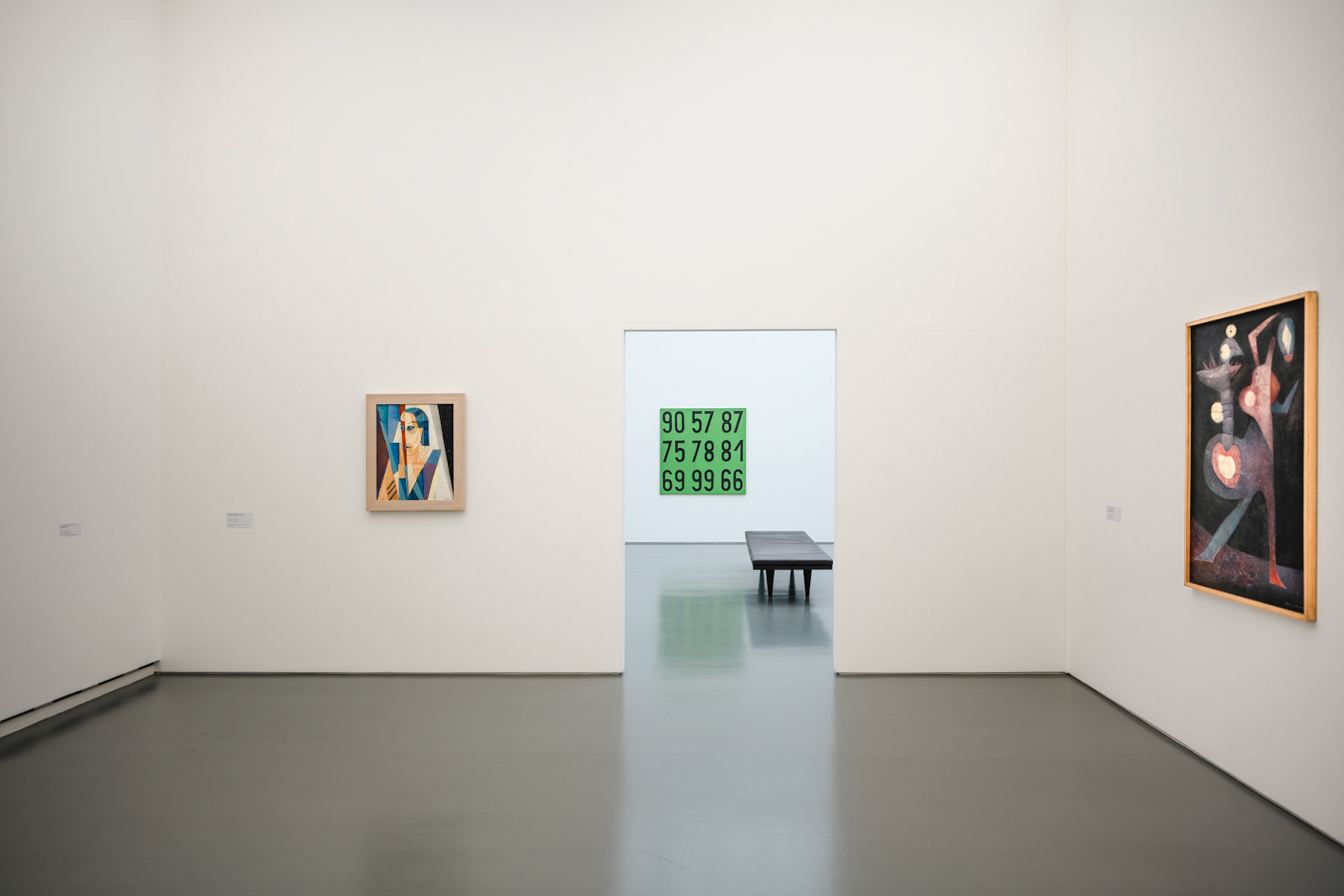
Aargauer Kunsthaus - Die Tänzerin Moa-Mandu, 1929, Leo Leuppi
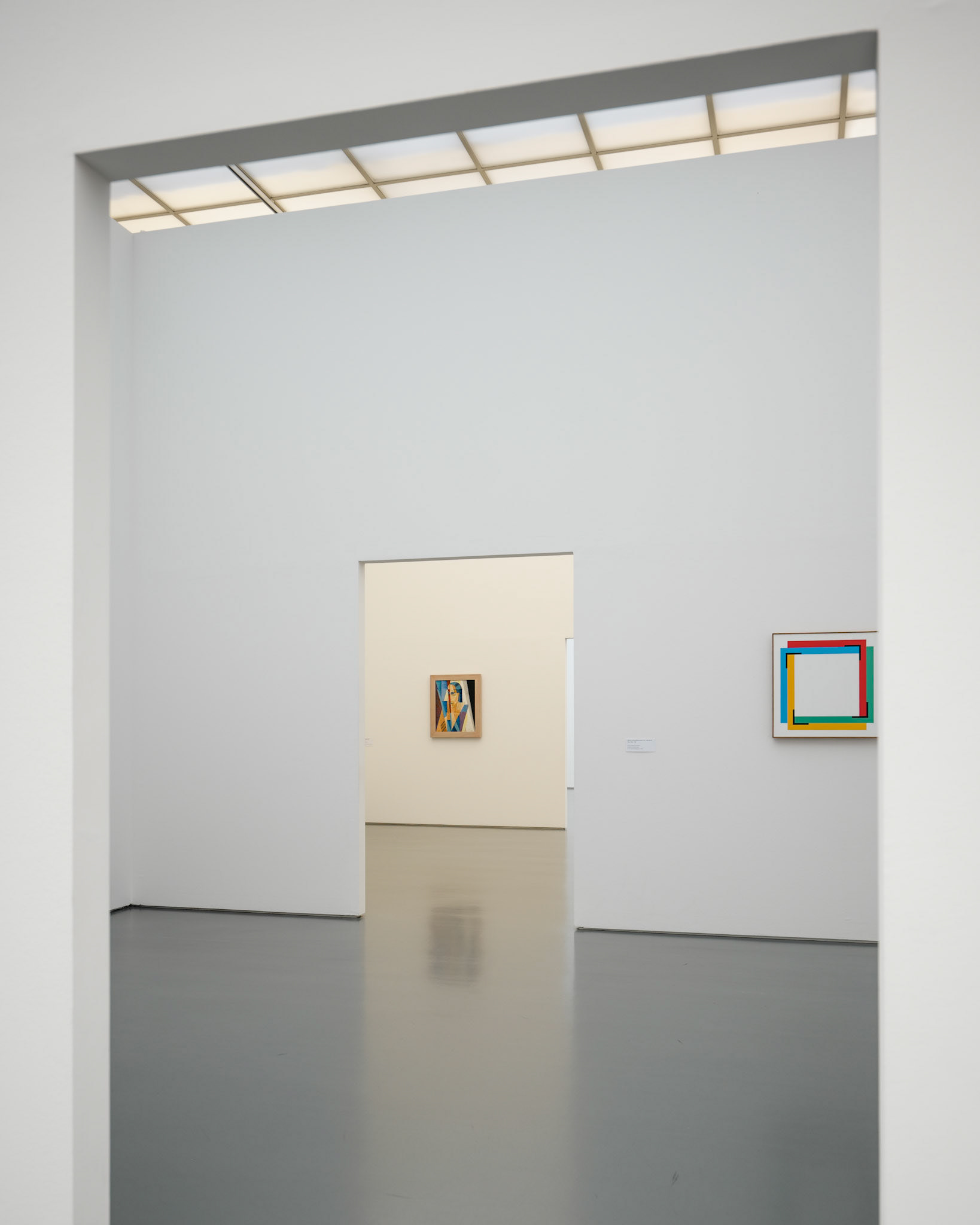
Aargauer Kunsthaus
The museum contains a metal spiral staircase that links all three storeys, which also allows to experience the different lighting setups in each of them.
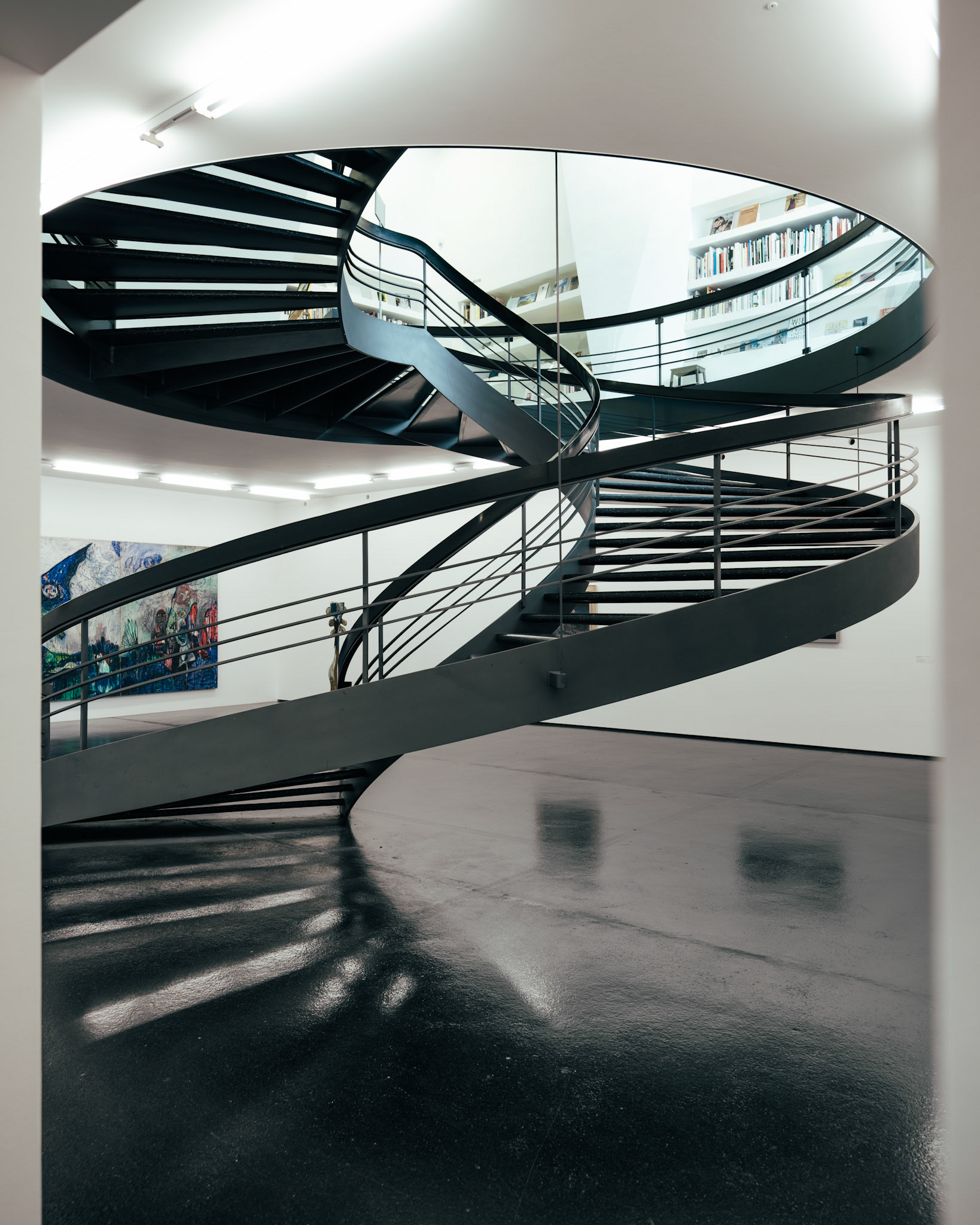
Aargauer Kunsthaus - 1959 staircase
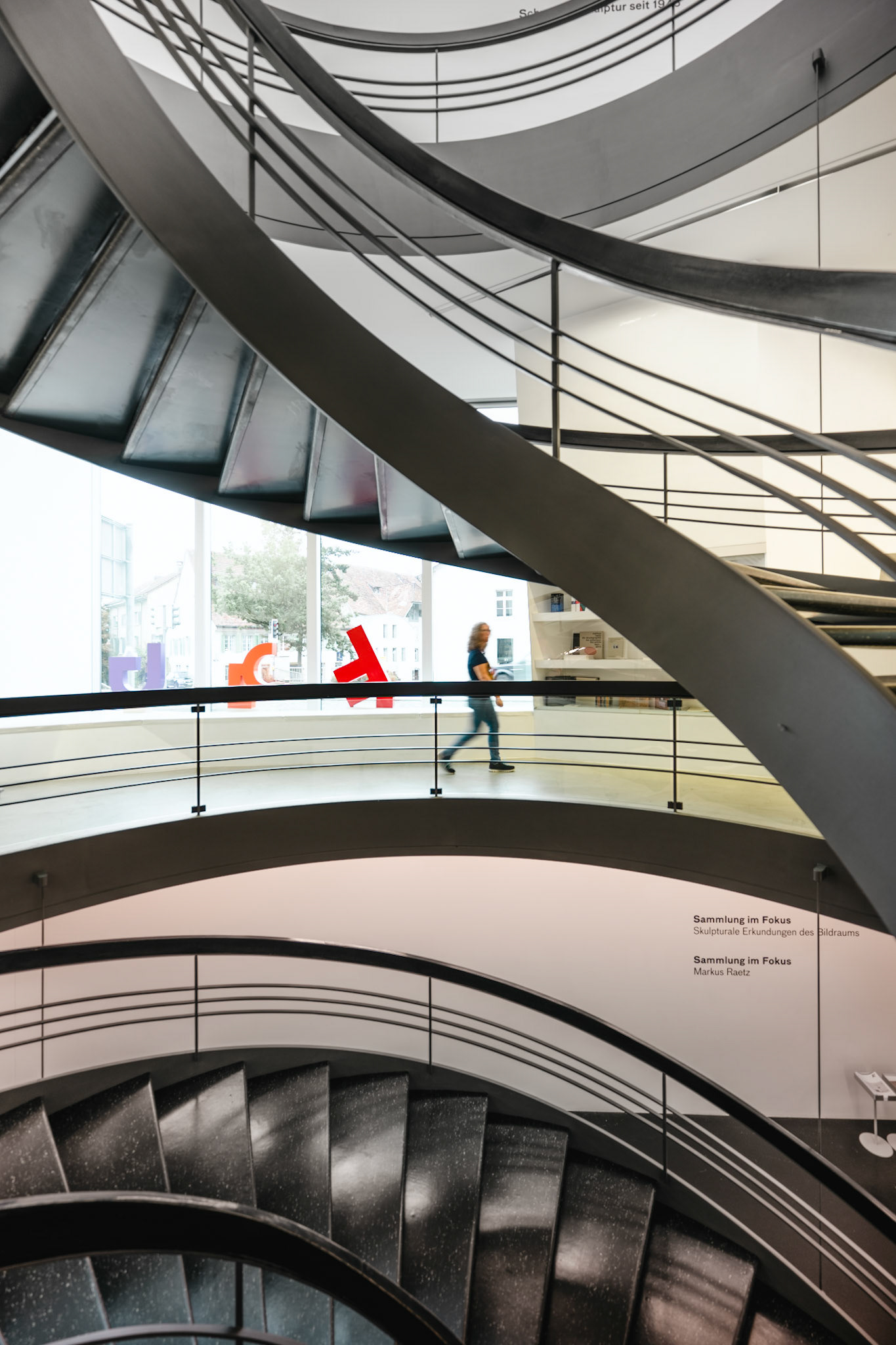
Aargauer Kunsthaus - street level with floor to ceiling windows
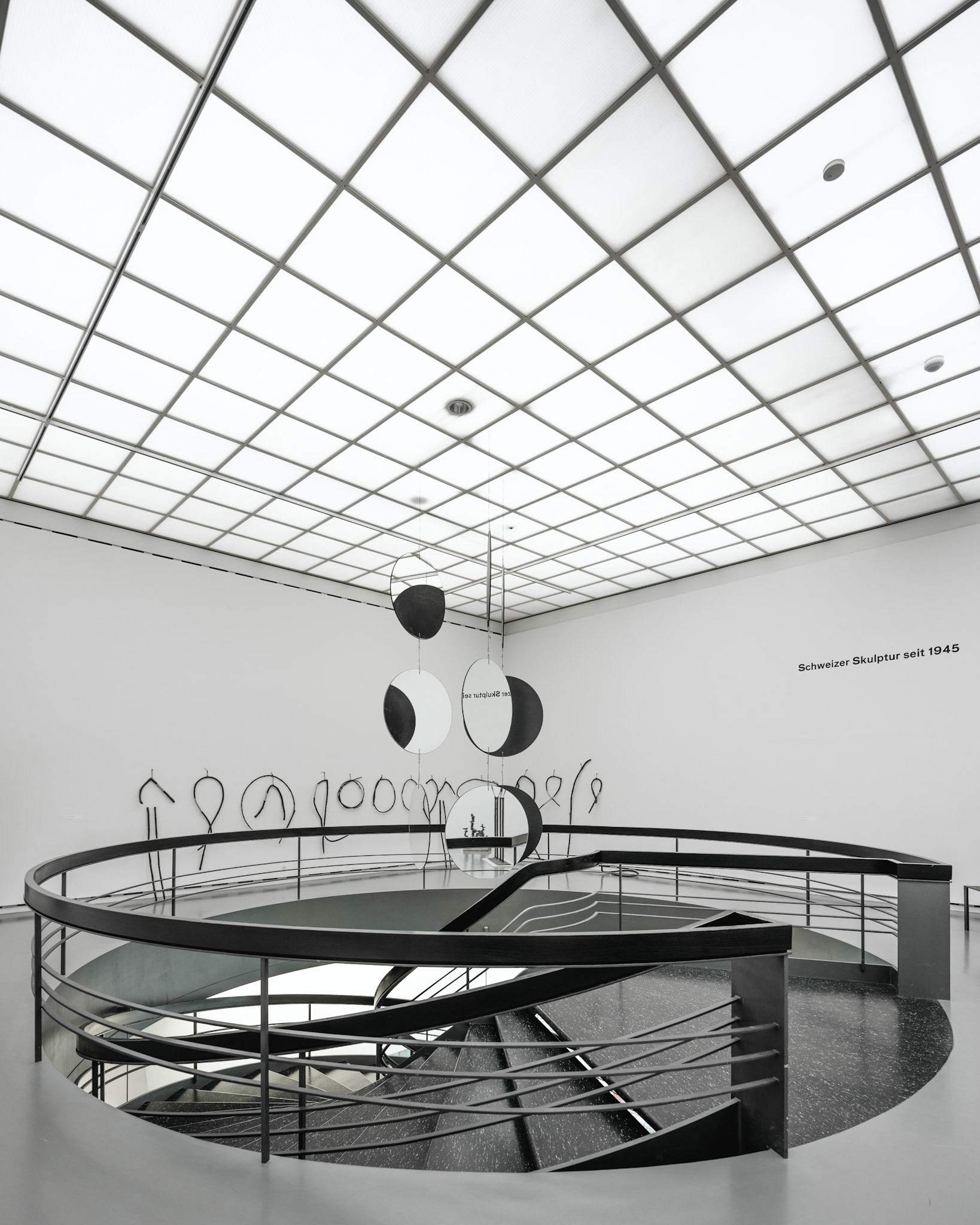
Aargauer Kunsthaus - upper floor illuminated from above
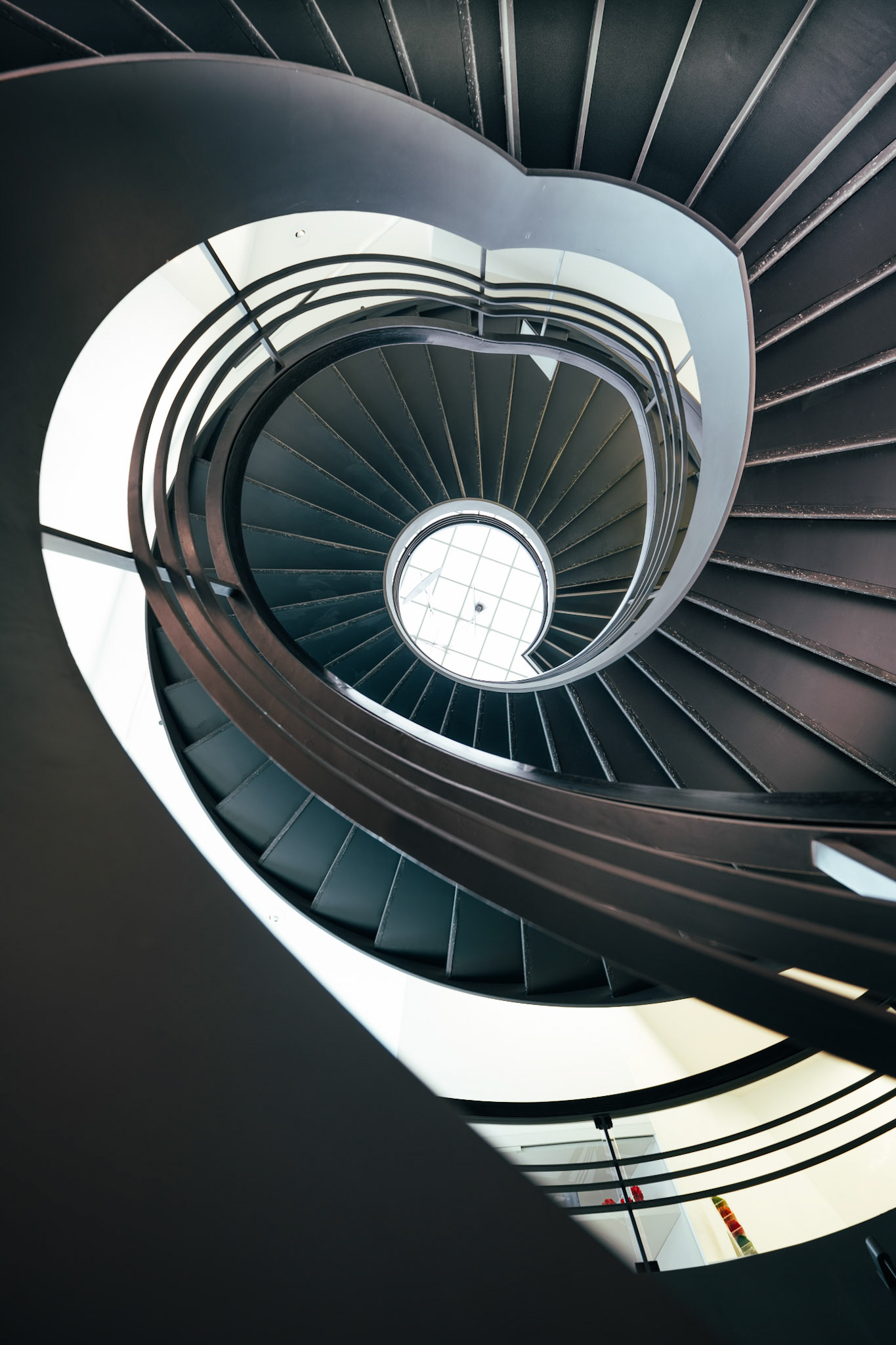
Aargauer Kunsthaus - 1959 staircase
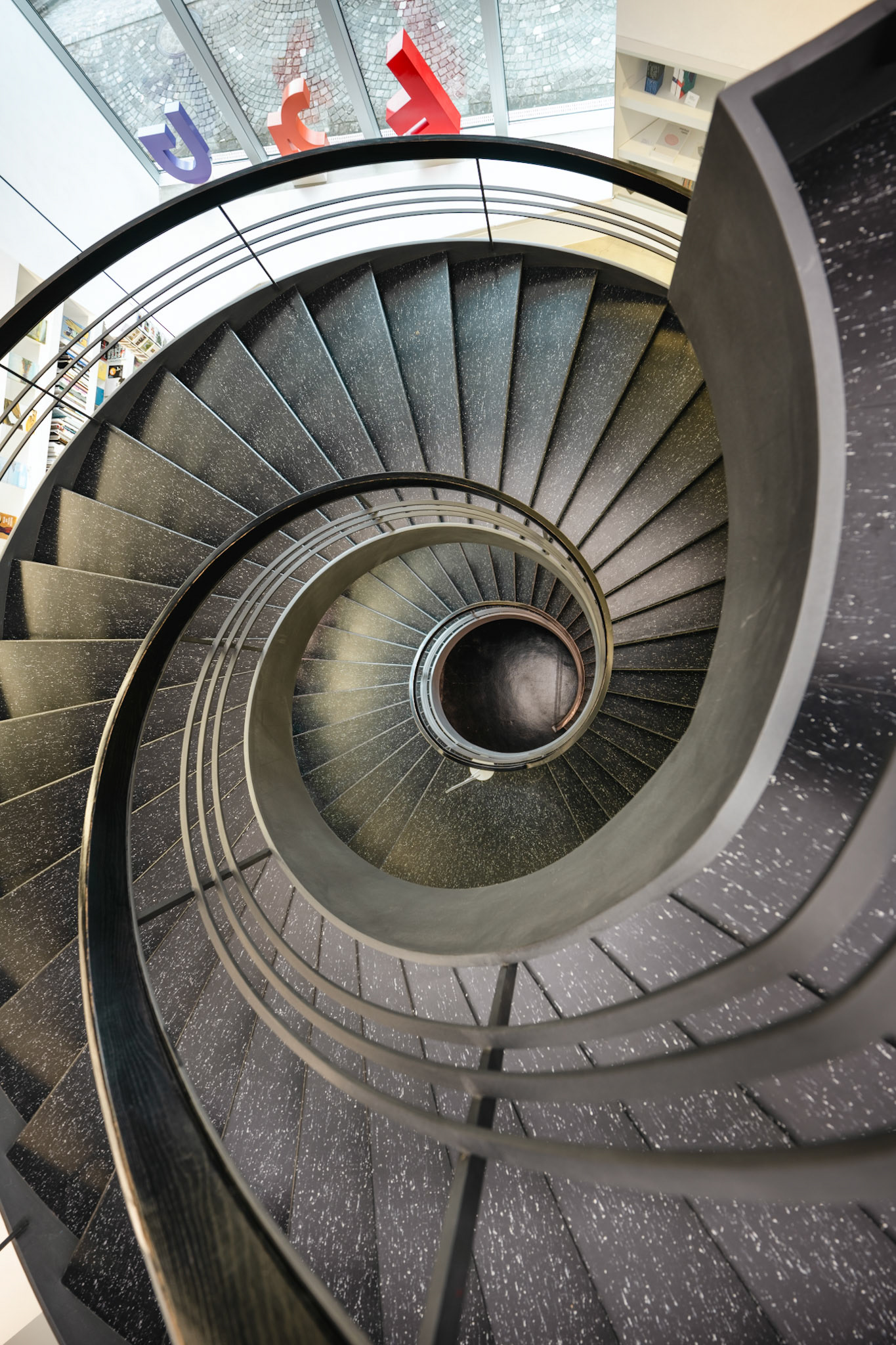
Aargauer Kunsthaus - staircase
The museum extension was designed by Herzog & de Meuron and completed in 2003. It also integrates a spiral staircase.
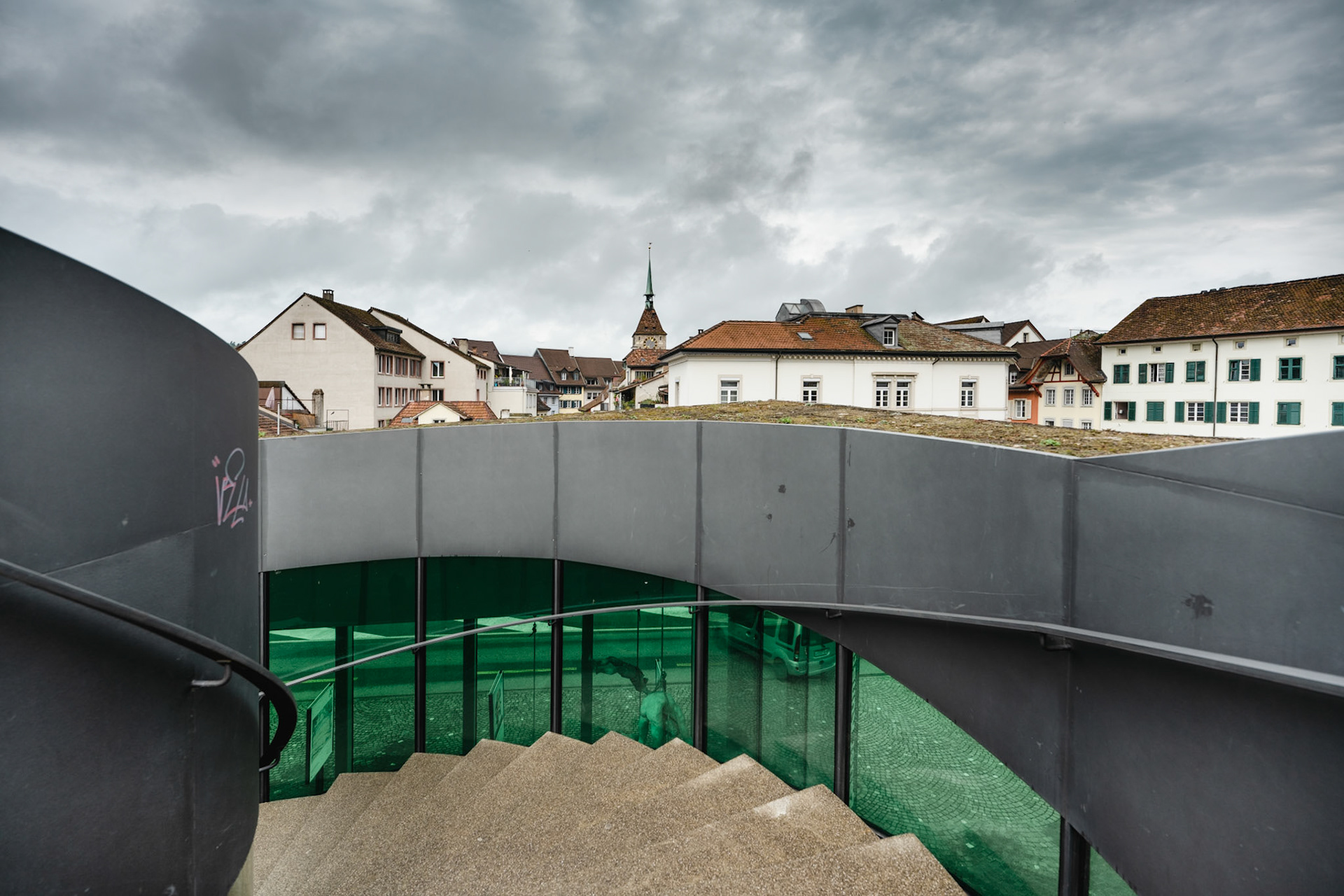
Aargauer Kunsthaus - Herzog & de Meuron extension
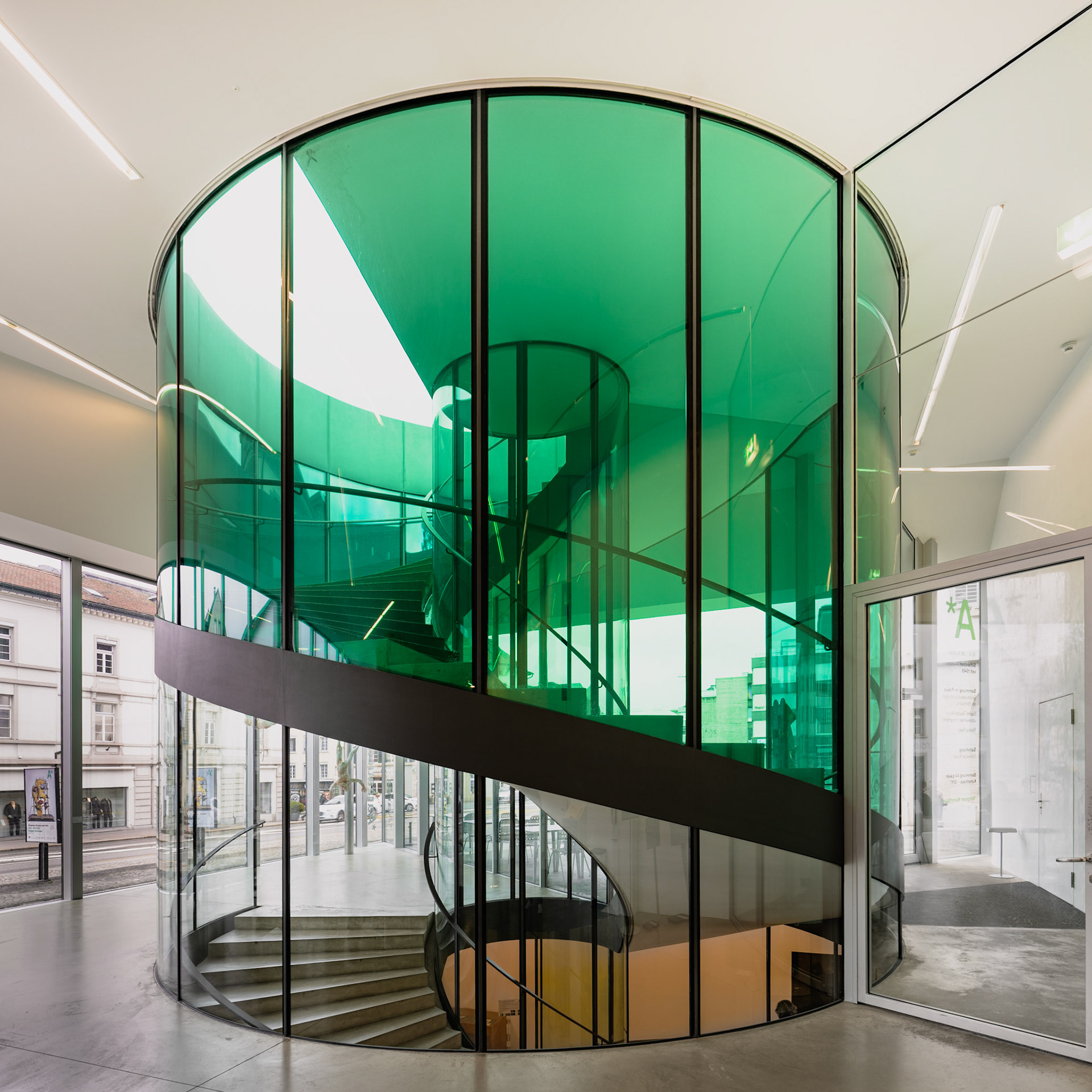
Aargauer Kunsthaus - Herzog & de Meuron staircase
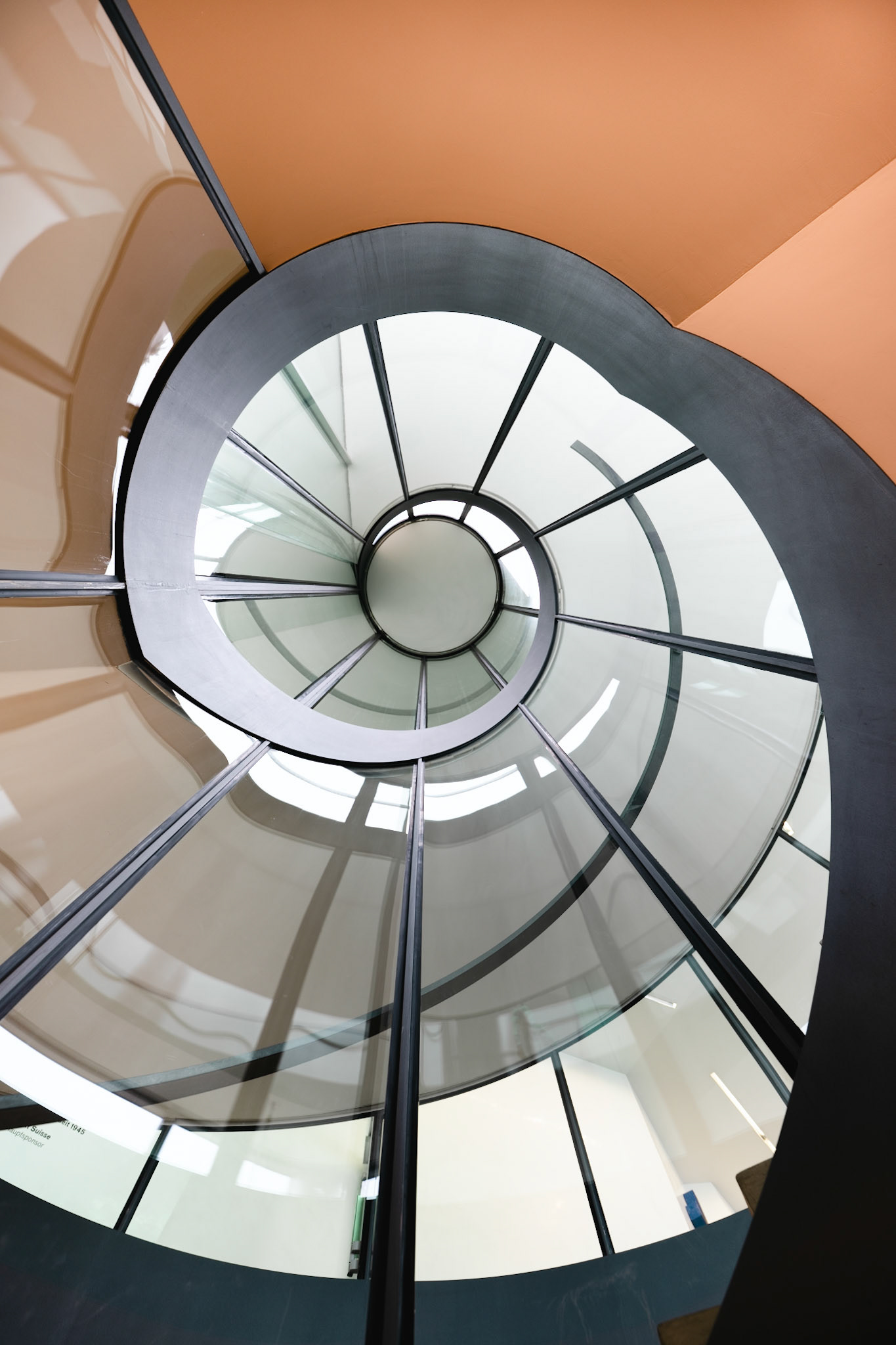
Aargauer Kunsthaus - Herzog & de Meuron staircase
Past Exhibitions
Flowers to Art 2025
2025-04-03 - 2025-04-09
Flowers to Art is a unique exhibition at the intersection of floral design and visual art. Over 10 years ago, founders Angela Wettstein and Rudolf Velhagen developed the concept for Blumen für die Kunst and successfully brought it to life at the Aargauer Kunsthaus. During the exhibition, floral designers reinterpret artworks from the museum’s collection, creating a captivating dialogue between two art forms. Despite its short duration, the event attracts around 18,000 visitors each year, highlighting the enduring fascination with this ephemeral art experience.
Swiss artist Franz Fedier used synthetic resin paints on canvas for his 1959 work Regenbild. Against a petrol-colored background, vertical lines contrast with white areas, creating a dynamic interplay of movement. Inspired by Fedier’s free-flowing color gradients, Veronika Tsukamoto’s floral interpretation extends this motion beyond the canvas: her floating cube of grasses carries the fluidity of the vertical lines into the three dimensional space.
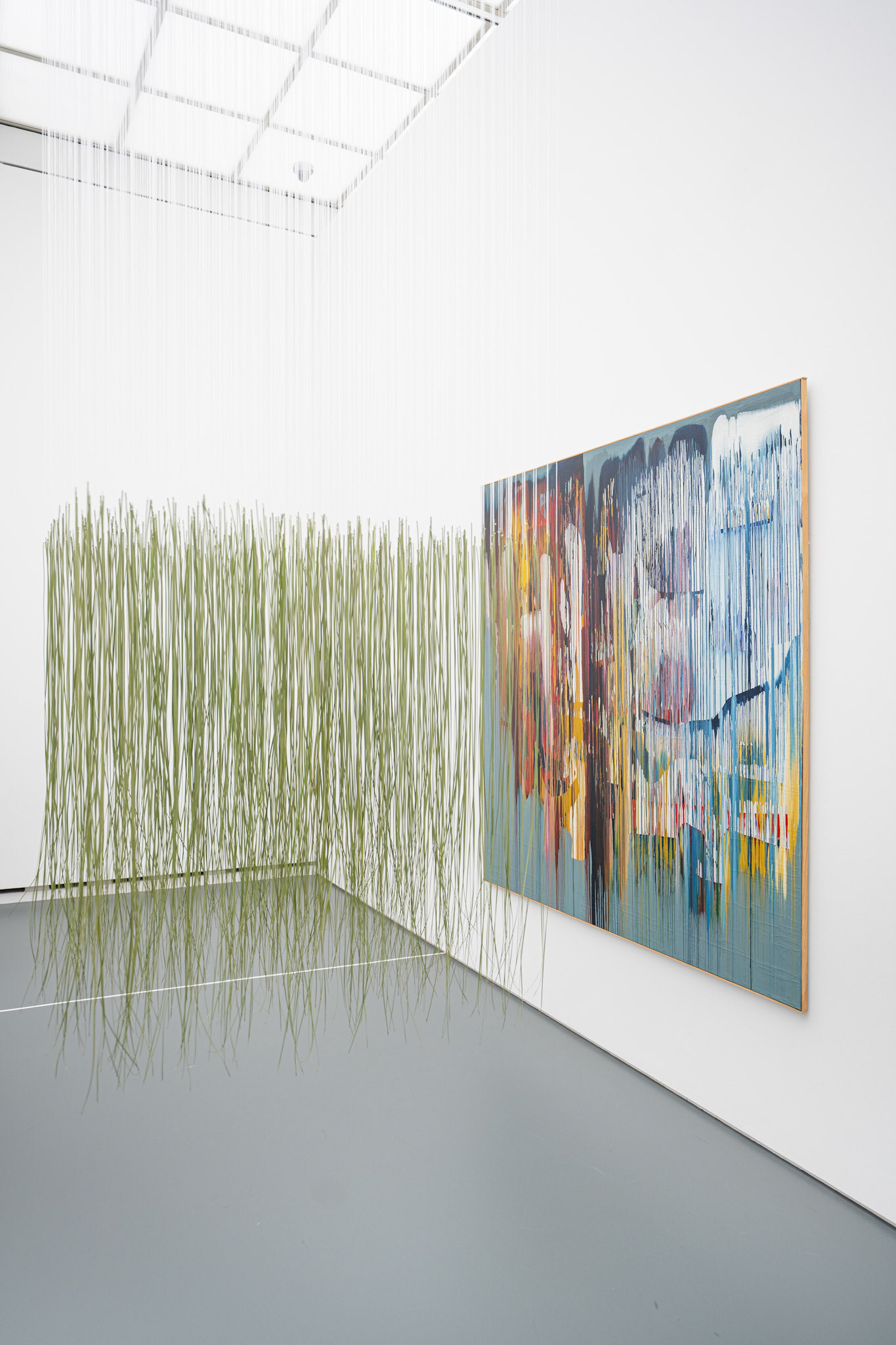
Blumen für die Kunst: Regenbild, Frenz Fedier, Flowers: Veronika Tsukamoto
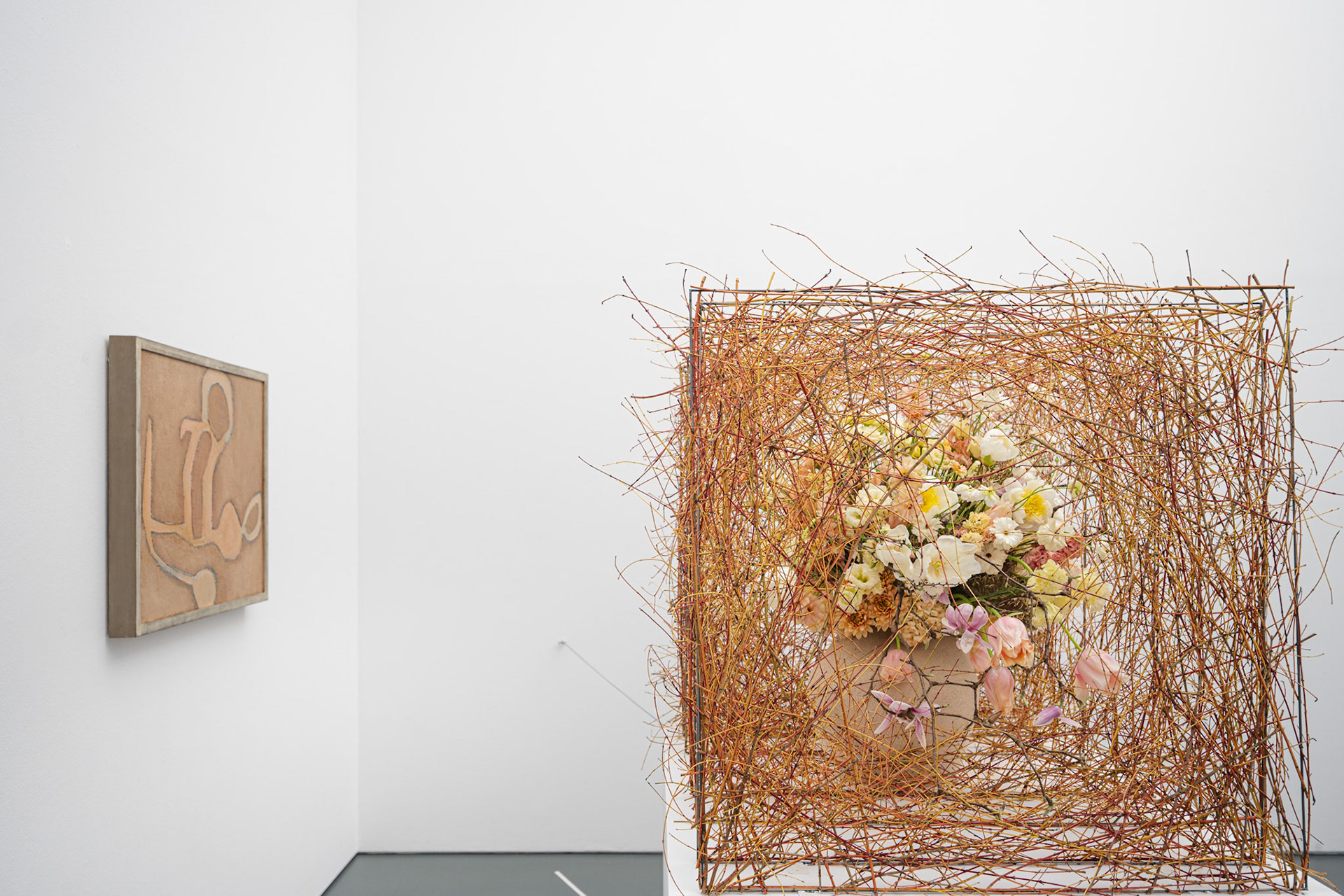
Blumen für die Kunst: Engel, Karl Ballmer, Flowers: Melina Anderegg

Blumen für die Kunst: Durée, Karl Ballmer, Flowers: Carmen Weibel
Daniel Spoerri’s La Pharmacie Bretonne (1981) is a collection of 117 water samples gathered during his journey through Brittany to document healing springs. Inspired by Spoerri’s approach, florist Manuela Boucher used flowers previously displayed in medical offices and banks. Arranged on handmade paper where water plays a key role in its production, her display also echoes the movement of water.
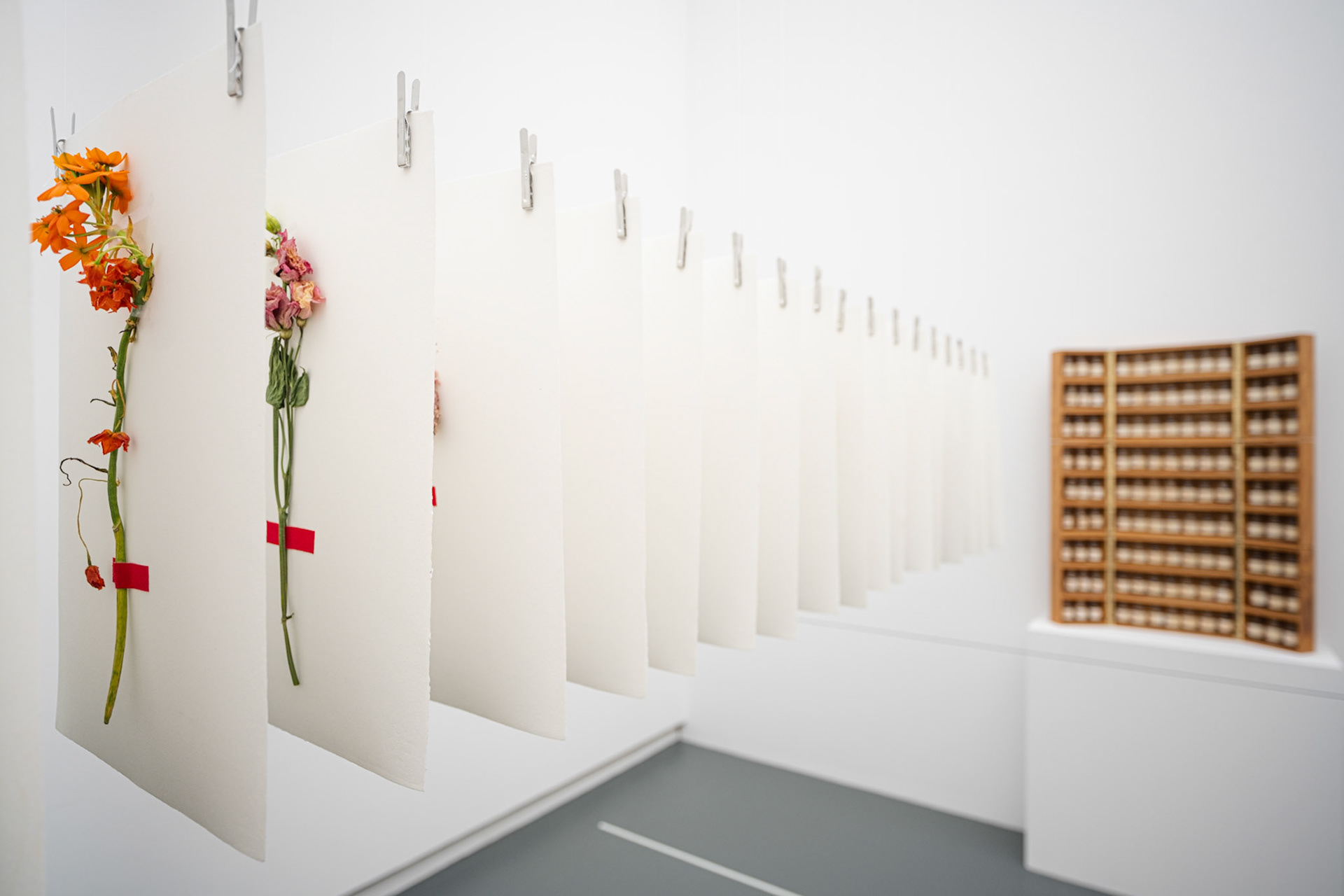
Blumen für die Kunst: La Pharmacie Bretonne, Daniel Spoerri, Flowers: Manuela Bucher
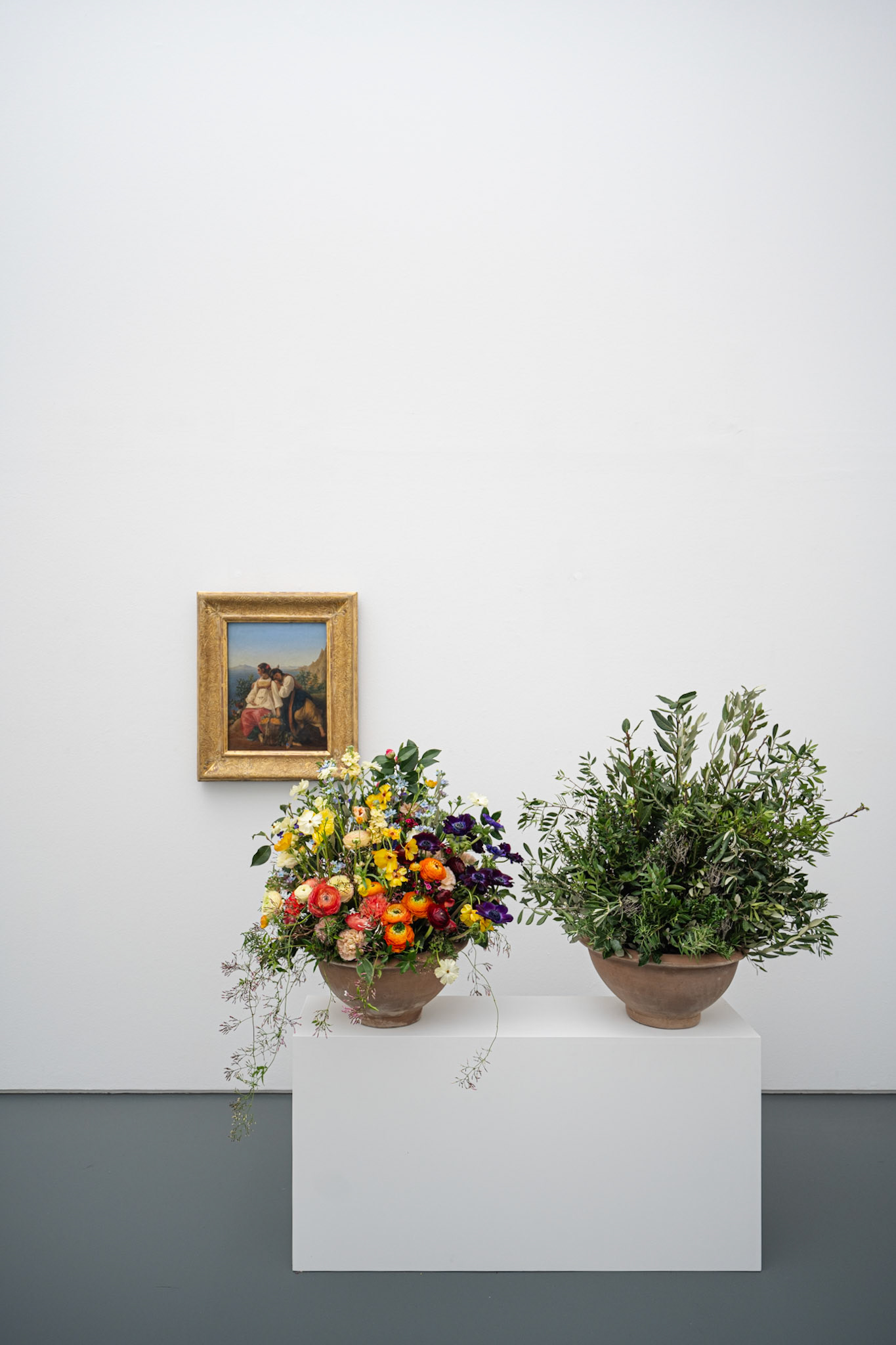
Blumen für die Kunst: Orangenpflückerinnen, Léopold Robert, Flowers: Anita Leuthold
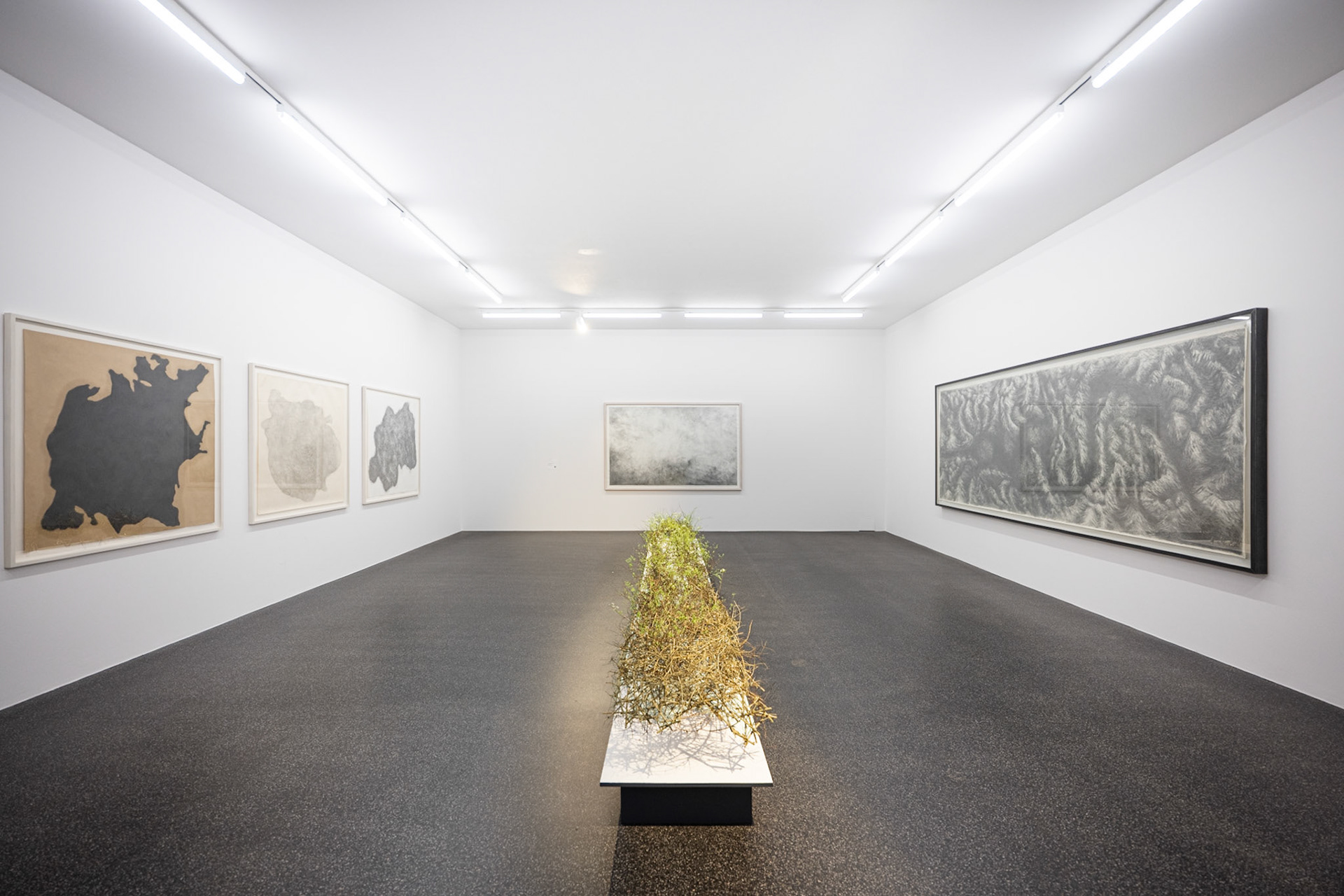
Blumen für die Kunst: Ohne Title, Marianne Kuhn, Flowers: Franziska Bürgi Rey

Blumen für die Kunst: Bergsturz im Haslital, Alexandre Calame, Flowers: Regi Bockhorni
The artwork Sterbebett by Japanese-Swiss artist Leiko Ikemura explores the transition between life and death. Drawing inspiration from the Hindu pilgrimage site Manikarnika Ghat in Varanasi, florists Sheeran Kulkarni and Adarsh Suresh translate this theme into a floral composition. A fiery trail of gloriosa blooms and red branches represents the flames of cremation, while 144 test tubes and 12 different flower species reflect the cosmic cycles of the Hindu festival Maha Kumbh.
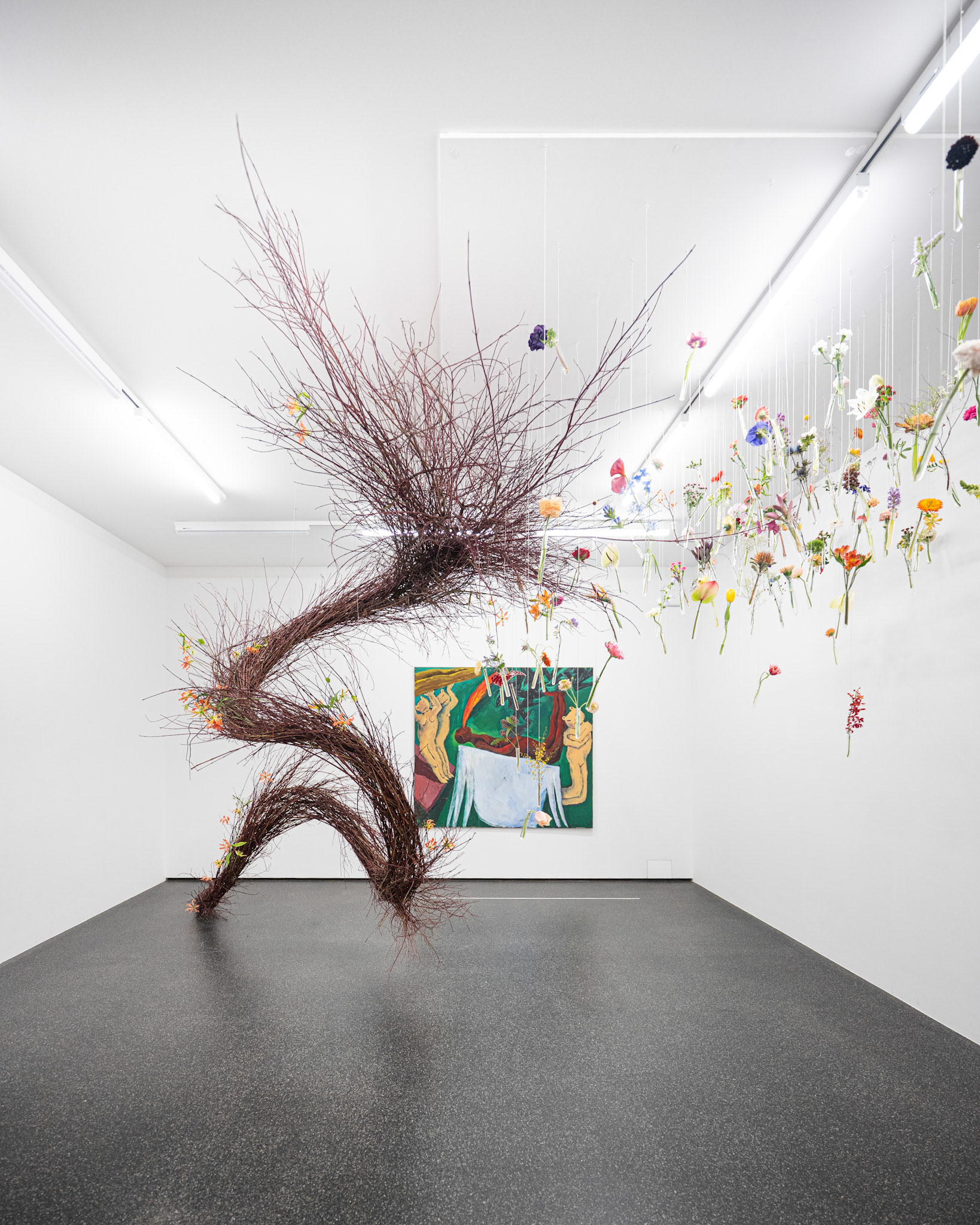
Blumen für die Kunst: Sterbebett, Leiko Ikemura, Flowers: Shreeram Kulkrani and Adarsh Suresh
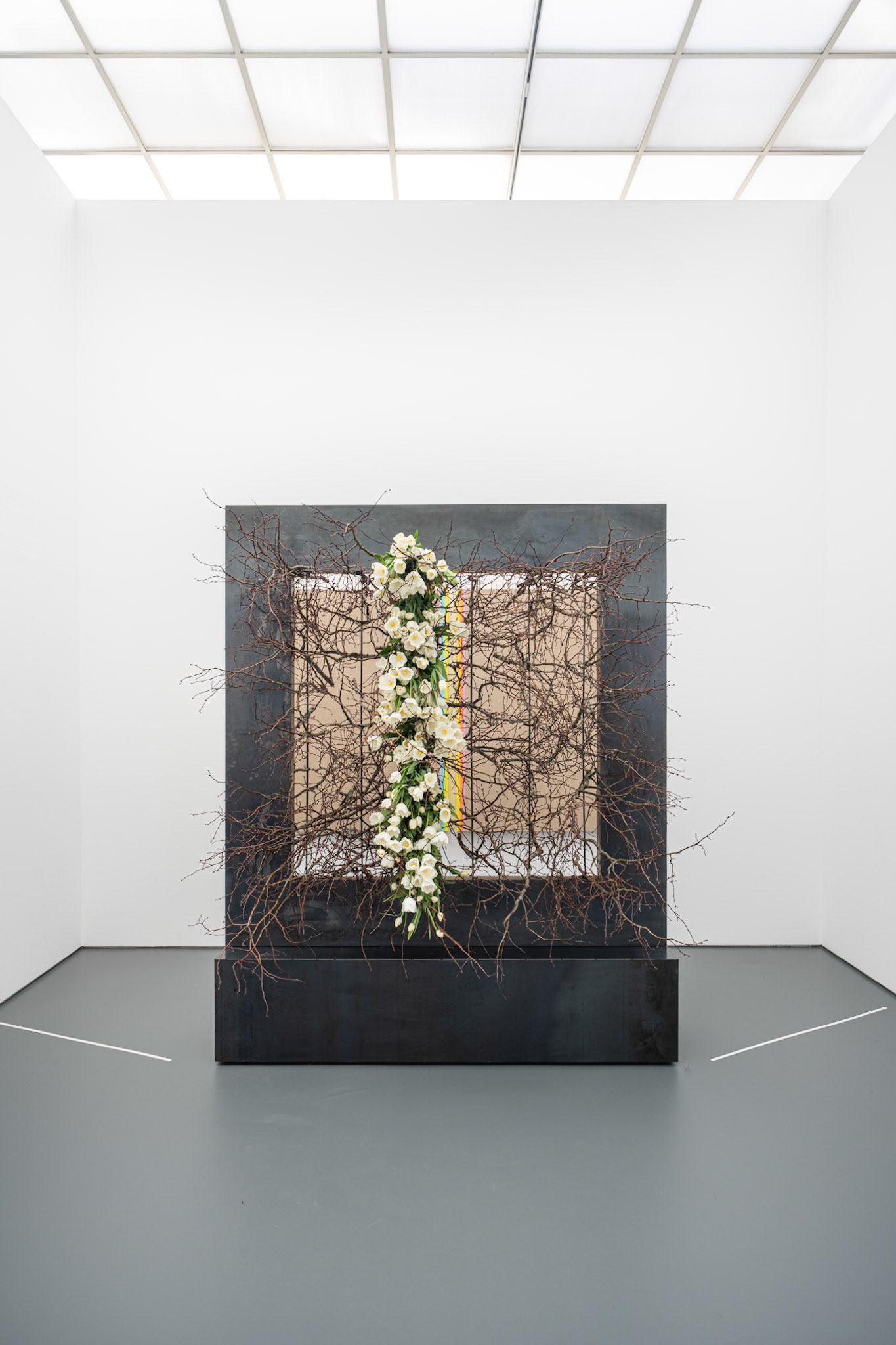
Blumen für die Kunst: Spaltkasten, Jean Pfaff, Flowers: Walter Zellweger
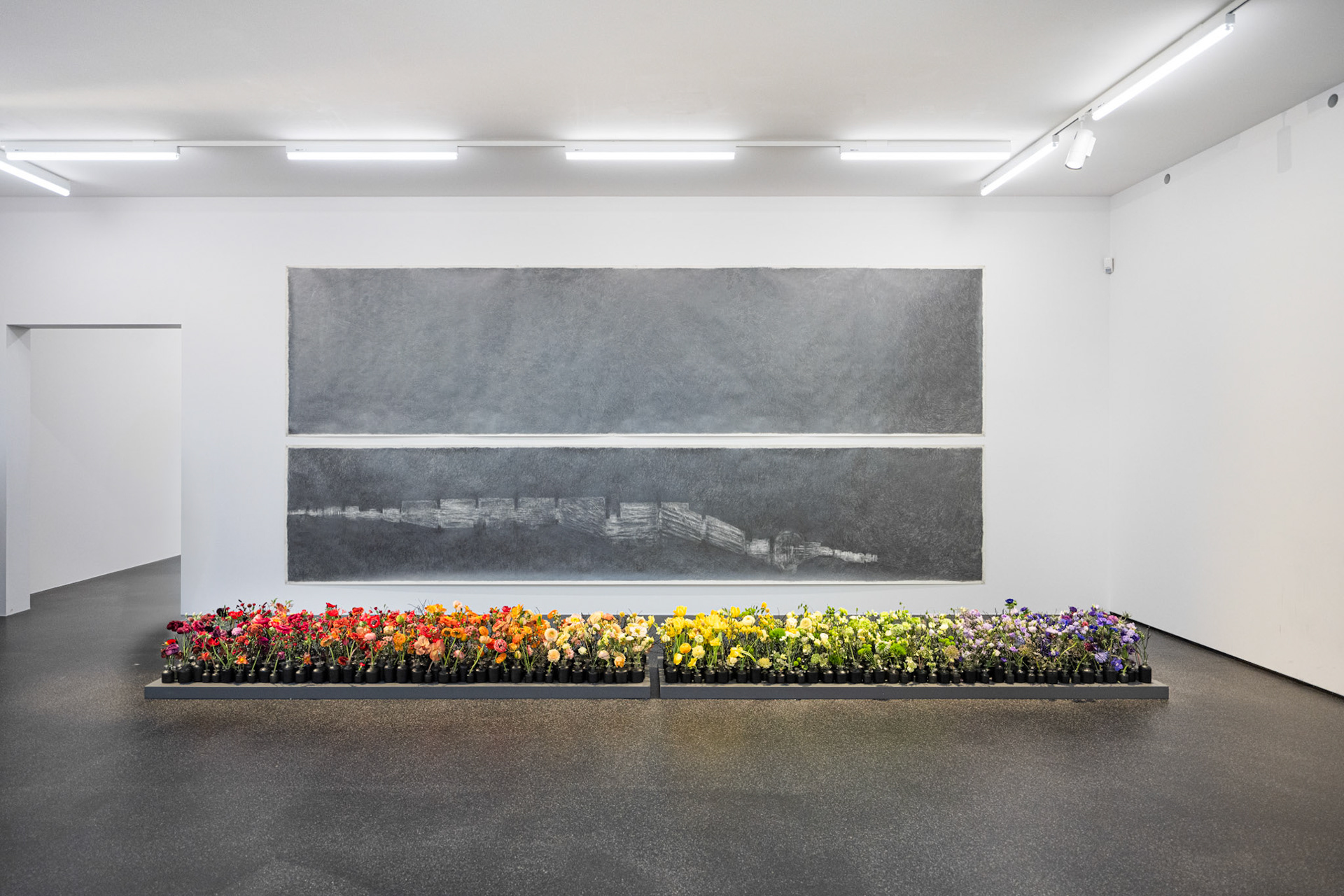
Blumen für die Kunst: Ohne Title, Marianne Kuhn, Flowers: Sandra Maarsen
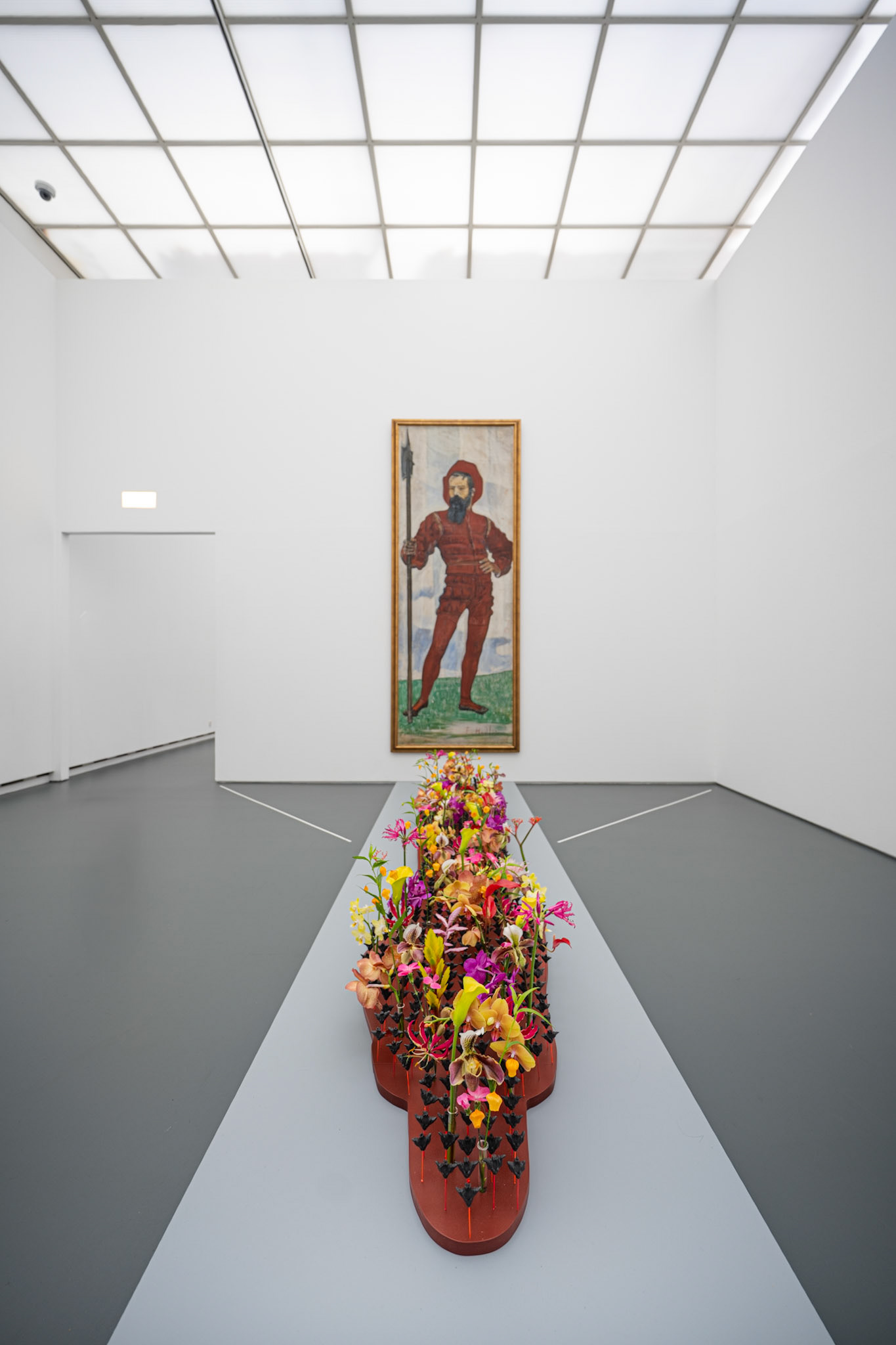
Blumen für die Kunst: Krieger, Ferdinand Hodler, Flowers: Ursina Huber and Martina Kistler
You may also like